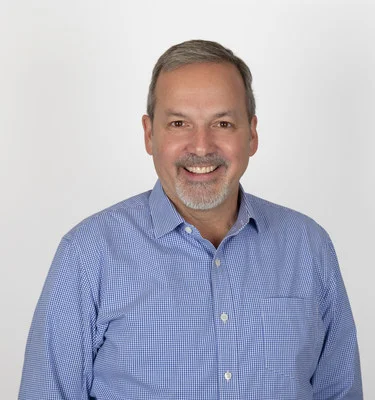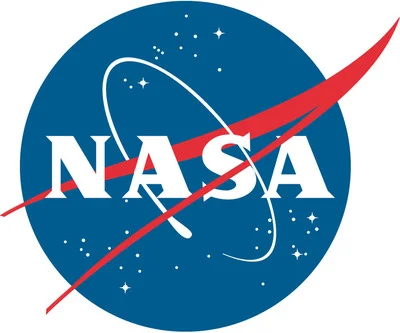NSTIC OTA Delivers Accelerated Hypersonic Weapons Testing
SUMMERVILLE, S.C., Dec. 6, 2022 /PRNewswire/ — Pentagon leadership has sent a clear signal that the Department of Defense (DoD) must accelerate hypersonic weapon system development activities to counter rapid expansion of hypersonic capabilities both in China and Russia. The Army, Navy, and Air Force all now have prototype hypersonic weapon systems in various stages of development, with growing budget requests to support development, test, and demonstration activities. The acceleration of hypersonic development and testing is increasing strain on the nation’s major test ranges and the limited number of mobile instrumentation assets to support hypersonic weapons testing. To address the widening gap between the need to test new weapon systems and available test assets, the DoD needs to rapidly field cost-effective test assets in the near term while putting in place long-term strategies to support dramatically increased testing requirements in the future.
Faced with the compounding problem of needing to accelerate weapon systems development, increase flight testing complexity and cadence, and modernize range test and evaluation assets, the DoD has begun to increasingly rely on the utility, timeliness, and flexibility of Other Transaction Authority (OTA) contracts. OTAs are binding agreements between the DoD and industry partners that offer greater flexibility than traditional FAR-based contracts and allow for rapid acquisition of commercial technologies or development of prototype technologies to meet Defense requirements. Whereas traditional acquisitions with FAR-based contracts can take years to contract, OTAs can often be executed within a few months.
The speed of the Naval Surface Technology Innovation Consortium’s (NSTIC) OTA, managed by Advanced Technology International (ATI) and Naval Surface Warfare Center (NSWC) Dahlgren, allowed for a 90-day turn from Request for Prototype Proposal (RPP) to contract award, enabling the Conventional Prompt Strike (CPS) hypersonic development program to contract with a Non-Traditional Defense Contractor to provide new, low-cost sensor technologies to support critical flight test activities. The award of the Maritime Networked Test Asset (MaNTA) OTA prototype demonstration effort to Raven Defense, a Non-Traditional Defense Contractor in Albuquerque, NM, enabled the rapid development and fielding of new high-performance test assets capable of being deployed in the Broad Ocean Area (BOA) to collect mid-course and terminal area sensor data critical to flight test objectives. The prototype system was built, tested, and fielded within 18 months. Had a traditional FAR-based contracting approach been used for this rapid and evolving need, the new test capability could not have been contracted in time to support the first use need, delaying critical hypersonic test milestones and increasing test costs.
The flexibility of this OTA has enabled the DoD to access up to four commercially leased MaNTA systems simultaneously to support multiple flight test events for multiple DoD agencies in multiple areas of operation. In addition, rapid modification of the base contract has expanded technical requirements for the MaNTA system resulting in the procurement of multiple enhanced MaNTA systems. The government-owned ‘MaNTA+’ system will be outfitted with advanced technologies including multi-beam phased array tracking systems to support ongoing test operations in a Government Owned/Contractor Operated arrangement, reducing long-term operations and maintenance costs.
The ongoing partnership between NSWC Dahlgren, ATI, and Raven Defense highlights the best facets of DoD use of OTAs. Open and transparent communications between the team members, rapid response to an ever-changing environment with shifting test schedules, and agile contracting delivered significant value to the DoD on an otherwise impossible schedule. A bridge in testing capability is now in place to support cost-effective hypersonic testing in the BOA with plans in motion to continue to develop assets to support the increasing demand signal for test and answer the Pentagon’s call to support accelerated hypersonic weapon system testing.
ATI, a public-service nonprofit based in Summerville, South Carolina, builds and manages collaborations that conduct research and development of new technologies to solve our nation’s national security challenges. Fueled by a community of experts from industry, academia, and government, ATI accelerates impact by using the power of collaboration to help the federal government quickly acquire novel technologies. ATI is a subsidiary of Analytic Services, Inc. (ANSER), a public-service research institute organized as a nonprofit corporation, which is dedicated to informing decisions that shape the nation’s future.
The Naval Surface Technology & Innovation Consortium (NSTIC) advances naval surface technology innovation through a consortium that researches, develops, tests, and integrates complex naval warfare systems across a broad range of technology areas and disciplines. NSTIC is sponsored by Naval Surface Warfare Center Dahlgren Division (NSWCDD) and managed by Advanced Technology International (ATI).
Raven Defense is a non-traditional Defense Contractor based in Albuquerque, NM which specializes in the development of highly specialized technical equipment to meet our customer’s demanding requirements in satellite communications and ground stations, deployable sensors, and cutting-edge research, development, test and evaluation systems. Within the company’s initial five years in business, Raven Defense has leveraged internal investments to rapidly develop and deploy key technologies supporting strategic DoD flight test requirements across three core product lines. The Raven Advanced Phased-array Telemetry Resource (RAPTR) is a modular and scalable multi-beam antenna system which has been fielded and continues to successfully support flight test operations installed on airborne, maritime, and ground platforms. The Telemetry and Launch Operations Node (TALON) is a high performance and scalable, motion compensated parabolic reflector based antenna system. TALON is scalable from 2.4m to 9m and beyond with single and multi-band feeds available from UHF through Q-Band. The company’s Maritime Networked Test Asset (MaNTA) brings both RAPTR and TALON together with advanced C2 functions, a physical and cybersecurity framework, and multi-redundant SATCOM resources in a Roll-On / Roll-Off maritime flight test support platform. All of these product lines are currently supporting key DoD objectives and continue to be enhanced to provide greater utility at lower costs for future test events.
ATI.org | LinkedIn | Twitter | collaborATIon app
![]() View original content to download multimedia:https://www.prnewswire.com/news-releases/nstic-ota-delivers-accelerated-hypersonic-weapons-testing-301696288.html
View original content to download multimedia:https://www.prnewswire.com/news-releases/nstic-ota-delivers-accelerated-hypersonic-weapons-testing-301696288.html
SOURCE ATI (Advanced Technology International)




 Private Internet Access gives you unparalleled access to thousands
of next-gen servers in over 83 countries and each US state. Your
VPN experience will always be fast, smooth, and reliable.
Private Internet Access gives you unparalleled access to thousands
of next-gen servers in over 83 countries and each US state. Your
VPN experience will always be fast, smooth, and reliable.






















